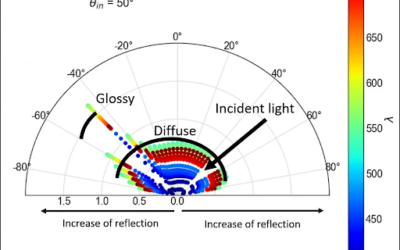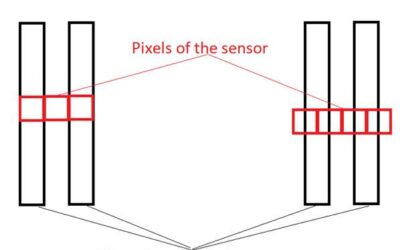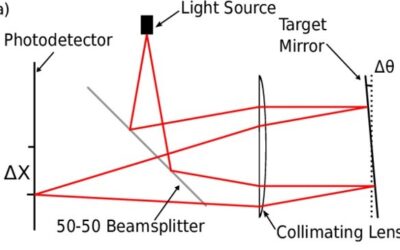Introduction to interferometry
Interferometers are a family of optical systems that can be customized for a range of applications such as sensors to identify pathogens, detect liquid modifications due to pollutants or oxygen depletion, or aberrations caused by the atmosphere.
This is a short introduction to interferometers. We will review their historical background, basic principles of operation, and some applications.
Basic Theory of inteferometers
An important property of waves (e.g. light) is the principle of superposition or the ability of two or more waves to occupy the same space at the same time. This is an important characteristic of all waves, as opposed to particles that collide when they try to occupy the same space at the same time. Waves overlap and the net result will be the addition of each overlapping wave. The superposition of two or more waves is often referred to as Interference.
If we imagine two waves with equal characteristics (i.e. amplitude, frequency) traveling in the same direction, we have three different outcomes: constructive or destructive interference, or neither.:
Constructive Interference is when both waves are in phase (i.e. their crests and valleys match each other),
Destructive Interference is when both waves are out-of-phase (i.e. the crest of one wave coincides with the valley of the second wave),
Neither constructive nor destructive interference is when there is a phase delay between the waves (i.e. the waves are neither in- or out-of-phase).

Constructive and Destructive interference of two waves.
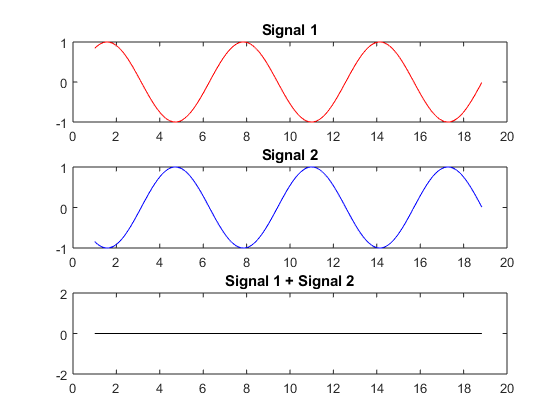
In the constructive interference, the net signal has double the amplitude of the original signals.
Interference turns out to be quite important in describing physical phenomena like resonance, standing waves, hearing and speech, harmonics, diffraction gratings, and interferometers.
Interferometers
Interferometers are one of the most common used optical instruments because they have very high precision and relatively easy fabrication. How do they work? Basically, an interferometer splits a beam of light (usually a laser) into two components: a reference beam and a sensing beam. The reference beam will travel unaltered through an optical path. The sensing beam will travel through a different optical path and will be affected by a change in its optical path. That change is caused by something we want to measure (e.g. temperature, pressure, gases). The beams are then recombined on a screen and the interference of the two beams will create an interference pattern.
For example, let’s say you want to measure the presence of a gas. You may have a small gas container filled with air and you design your interferometer so that the sensing beam passes through that container. The interferometer is calibrated against a reference beam and empty container. The interference pattern is used as a control base to compare your results against. Suppose you fill your container with a gas (it can be polluted air, or nitrogen, or it can even be a liquid) thus altering the container’s refractive index. The sensing beam optical path and interference pattern will change in a way that correlates with the optical properties of the measured element.
How precise is an interferometer? In short, very. It is not unusual to see papers where it is possible to report changes of tens of nanometers on the optical path. However, those results are dwarfed when compared to the Laser Interferometer Gravitational-Wave Observatory (LIGO) used to detect gravitational waves. Their current resolution is 10-19 meters–that’s 1/1000th the width of a proton–making it one of the most precise instruments ever constructed.
Types of Interferometers
There are several types of interferometers. The more common ones are: Mach-Zehnder, Michelson, and Fabry-Perot. However, the list of available configurations is more extensive and a custom interferometer design can provide specialized performance . Below, we will explain the most common types of interferometers and explain their performance attributes.
Mach-Zehnder Interferometer (MZI)
An MZI is shown in Figure 2. The collimated beam is split into two beams: one reference (RB) and a sensor beam (SB). Both beams travel through independent optical paths of equal length, bounce on a mirror, and are recombined using a beam splitter. The interference pattern can then be detected by one detector (usually a CMOS camera).
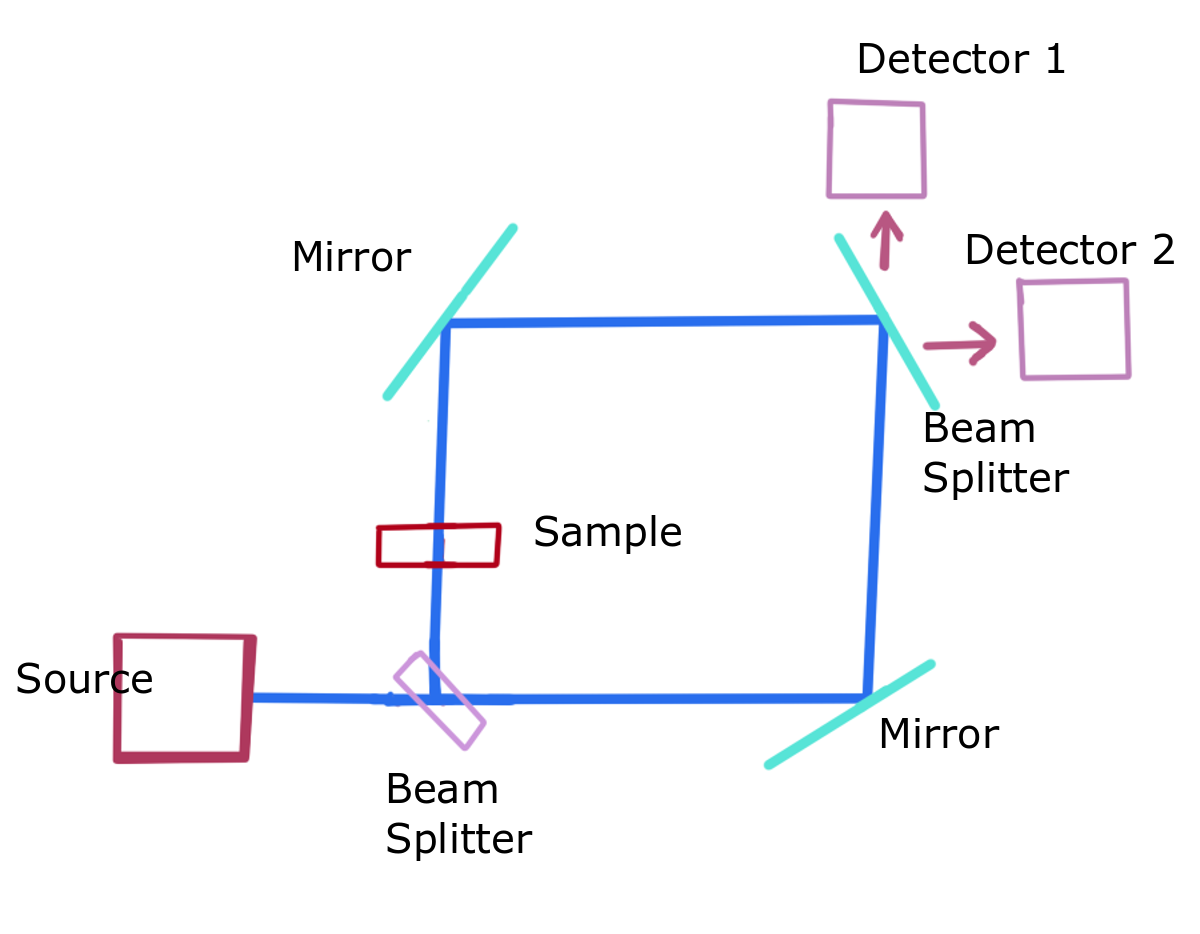
Figure 2 Classic configuration of an MZI. (Mach-Zehnder Interferometer)
One attractive feature of the MZI configuration is that it can be implemented in integrated optics. The light is confined to a waveguide, which protects the device from mechanical vibrations, reduces its size, and, by adding additional layers to the sensor arm, it’s possible to detect biomolecules or use electro-optical effects. Figure 3 shows how an MZI can be implemented in integrated optics.
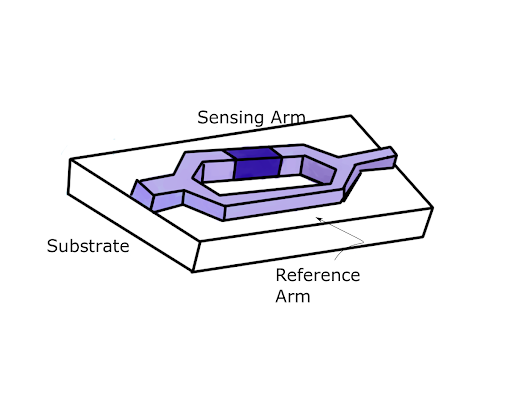
Figure 3 Basic representation of an MZI in an integrated circuit.
Michelson Interferometer (MI)
An MI is shown in Figure 4. Notice that it uses fewer elements than the MZI. It only has one beam splitter and one detector. A very common use of the MI is to detect position changes of the target mirror.
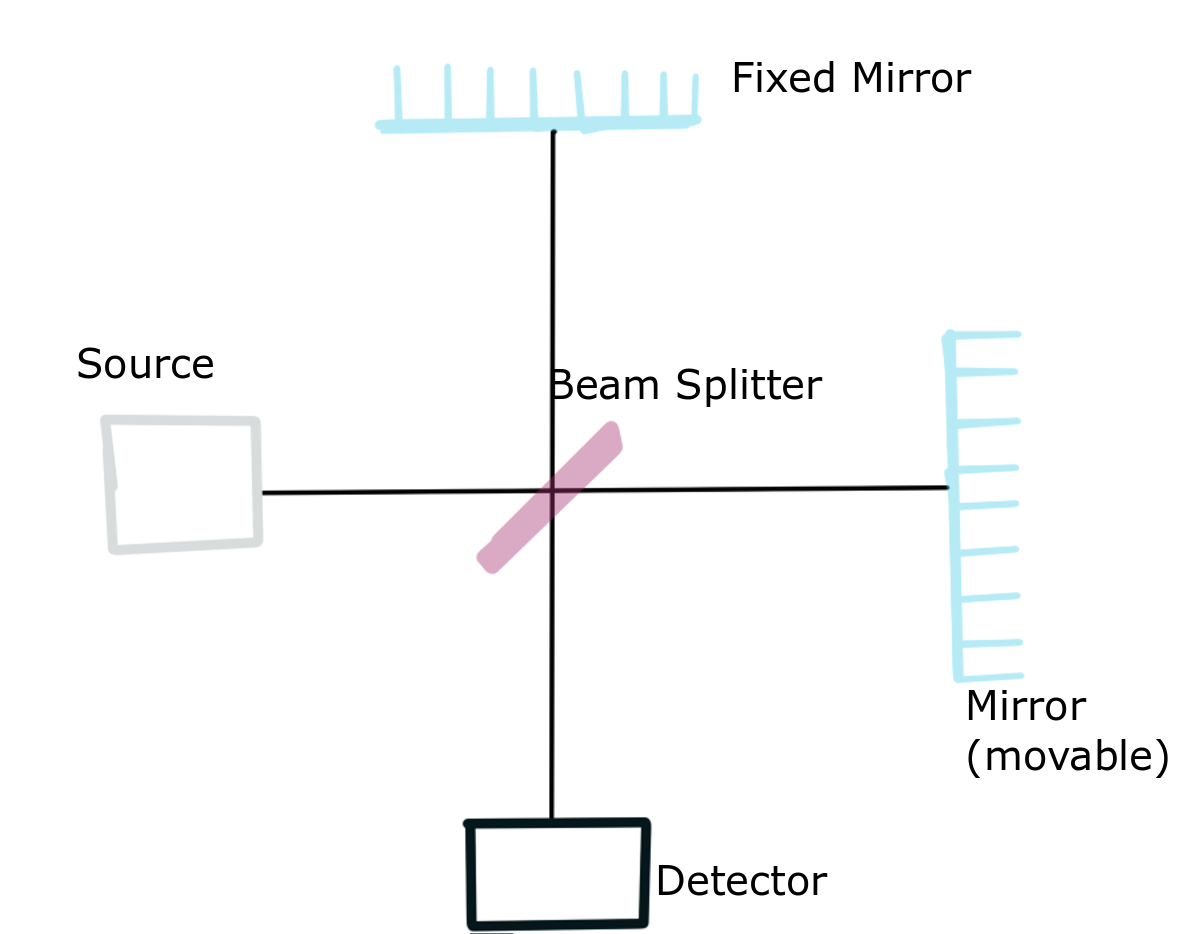
Figure 4. Michelson Interferometer
In the history of physics, the Michelson interferometer occupies a very special place. It was developed by Albert Michelson to be used in one of the most famous physics experiments in history: The Michelson-Morley Experiment. This experiment had the goal of detecting the presence of luminiferous aether by measuring the changes in the speed of light as earth travelled through space. Aether was supposed to exist in the universe and would allow for light to travel through it (the same as air is needed to have sound waves). Michelson and Morley were never able to detect any change in the speed of light and shattered the idea of the existence of aether. Years later, in 1905, Albert Einstein proposed his special theory of relativity where he postulated that the speed of light in a vacuum will be invariant.
The second reason why the MI is so relevant is because the LIGO experiment used a Michelson interferometer to detect gravitational waves. As mentioned before, the LIGO experiment allows us to detect the presence of gravitational waves. Why is this relevant? Imagine that you are in a forest and you see all the birds, insects and plants around you. You can identify them and learn their behavior, but one day someone removed a set of earplugs that you didn’t even know you had. Now you can hear the birds, hear the wind through the leaves and even hear a river that you didn’t even know was there. That’s how relevant the LIGO experiment is, it has given us a new sense to explore the universe.
Fabry-Perot Interferometer (FPI)
The Fabry-Perot interferometer consists of two flat surfaces with partial reflective mirrors (Figure 5). The surfaces are facing each other and there might be a small gap in between. Sometimes, it is possible to create an FPI with a single glass slab with its two surfaces partially reflective.
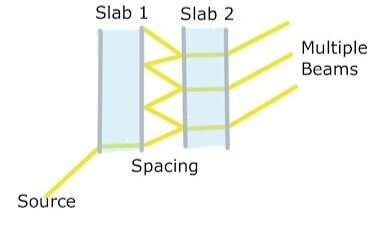
Figure 5. Fabry-Perot Interferometer: Two optical elements separated by a small distance reflect an optical beam back and forth, creating an interference pattern.
On each reflection, the beam is split, making the FPI a multiple beam interferometer.
One of the benefits of having a multiple beam interferometer is that it has very high resolution (similar to how a high number of lines/mm creates a diffraction grating with high resolution). It is possible to have a very well defined interference pattern with a high contrast between the dark and bright fringes.
The FPI has several applications. The most common is the creation of a Fabry-Perot cavity laser where it’s possible to create a laser with a very high quality factor Q.
Conclusions
Interferometers are very versatile systems that can help us create very high precision optical sensors and can be customized for multiple applications. In this article, we presented the basic principles of interferometry and three different interferometer configurations. The choice of each configuration will depend on the specific objectives, equipment, mechanical stability, and laser coherence.
The applications of interferometers are wide, from non-invasive techniques for biomolecules in lab-on-chip systems, to astronomy and gravitational-wave detection.
